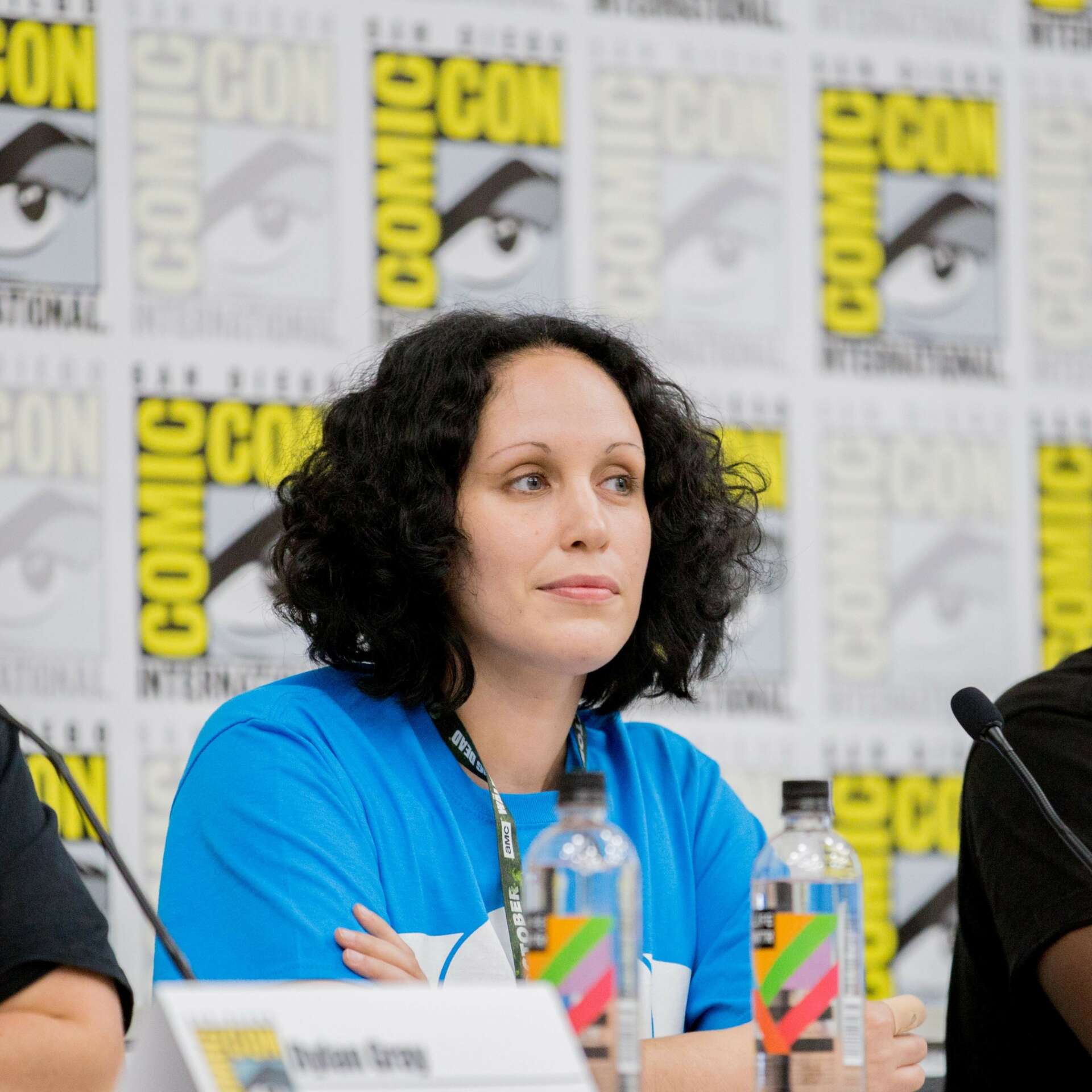We caught up with the brilliant and insightful Emily Rocha a few weeks ago and have shared our conversation below.
Emily, looking forward to hearing all of your stories today. Did you always know you wanted to pursue a creative or artistic career? When did you first know?
I was a comics-obsessed kid in the 90s, thanks to the Fox Kids programming that included the Spider-Man and X-Men animated series, as well as the Batman animated series. I began collecting and reading mostly Marvel Comics. When I got to college I really didn’t feel strongly about any one major, until I took a Photoshop class and colored line art for an assignment. I decided then that I wanted to color professionally. Through the years, my drawing became stronger and I wasn’t satisfied coloring only other people’s art any more. So I gradually shifted to illustration.


Emily, before we move on to more of these sorts of questions, can you take some time to bring our readers up to speed on you and what you do?
I got into the comics industry by absorbing as much of the culture as I could. Reading comics, of course, but also going to conventions and meeting the people that make them. In the early 2000s, my early teens, Comic-Con International was a lot more accessible than it is today, especially for local San Diegans. That was a huge advantage in exposure. But ultimately, the biggest preparation was having people in my life that loved comics. We shared our stories, we drew for each other, we improved together. The working life of a comic artist often looks like long, lonely hours at the drawing table, but it’s the relationships that really move you forward.
I provide a fairly wide range of creative works for people as my job. I’ve done graphic design for company websites, apps, and print materials, product label design, company presentations, fine art illustrations, character illustrations for RPG gamers, and of course, comics.
In graphic design, my goal is to create designs that attract and intrigue a target audience. For character illustrations, I want to bring people’s character ideas to life, so they become more than just a written description. For comic writers, I bring their entire stories to life. These are things that all designers and illustrators do, of course, but give the same idea/instructions to multiple artists, and you will get surprisingly unique and different results from each of them. I’m always grateful when someone looks at my art and says, “That’s the kind of art I need.”
Sometimes doing commissioned creative work doesn’t feel the most creative. Clients may have strict guidelines and want very specific results, which is a necessary discipline that working artists must learn. The best jobs, though, the ones I’m most proud of, are from comic fans that want to see my version of their ideas. The more of myself I can put into my work, the more satisfying the result.
What’s the most rewarding aspect of being a creative in your experience?
Like most people, I’ve had a variety of jobs in my life. For several years, I was employed as a designer by a few specific companies. While that has financial advantages, the work isn’t all creative. There are multiple designers, and you have to work together to maintain brand consistency and integrity. But you also get to see the underbelly of an organized business that can turn you cynical. Sometimes your complete project can get scrapped because of a shift in leadership or direction, or a ripple in office politics that you can’t control. Creative work isn’t all about fun, but if your mantra becomes “billable hours,” you have to ask yourself if you’re being creative at all.
My favorite part of doing creative work independently is that I’m providing a service I can be proud of. I can help someone tell a story, put a unique professional face on their business, or just improve their living space. I can inspire younger artists to build their own art style. I can help non-visual creatives express themselves visually. I can tell stories. These are the biggest rewards of a career in art.


Let’s talk about resilience next – do you have a story you can share with us?
The pandemic that begun in 2020 has been the biggest challenge I’ve ever faced. I had only recently begun to live alone, and the isolation of quarantine did major damage to my mental health. When you’re an independent artist, you are your own boss. Depression, anxiety, ADHD and OCD in an isolated environment made me a terrible boss. While I was fortunate to get treatment, even the treatment brought new challenges to my creative work as my brain chemistry changed. There were times I had to borrow money to stay housed because it was so difficult to even work.
I had been working toward the goal of having my own place before the pandemic, but I had to learn quickly that no man is an island. I had to learn how to be ok with accepting a lot of help from people who cared. My pride took a real beating for the two years I lived alone. But even through the fog and struggles, I knew that I wanted to continue making art. So I did. I took many days off and a lot of naps, had a lot of good days and bad days, but I kept making art. Now near the end of 2022, I don’t feel like I remotely resemble the person I was in 2019. But my love for creating art never changed. I’m doing a lot better now and I’m grateful to my friends and family that helped me get here.
Contact Info:
- Website: colorbyemi.com
- Instagram: https://www.instagram.com/colorbyemi/
- Facebook: https://www.facebook.com/colorbyemi
- Twitter: https://twitter.com/colorbyemi/
- Other: Twitch: https://www.twitch.tv/colorbyemi


